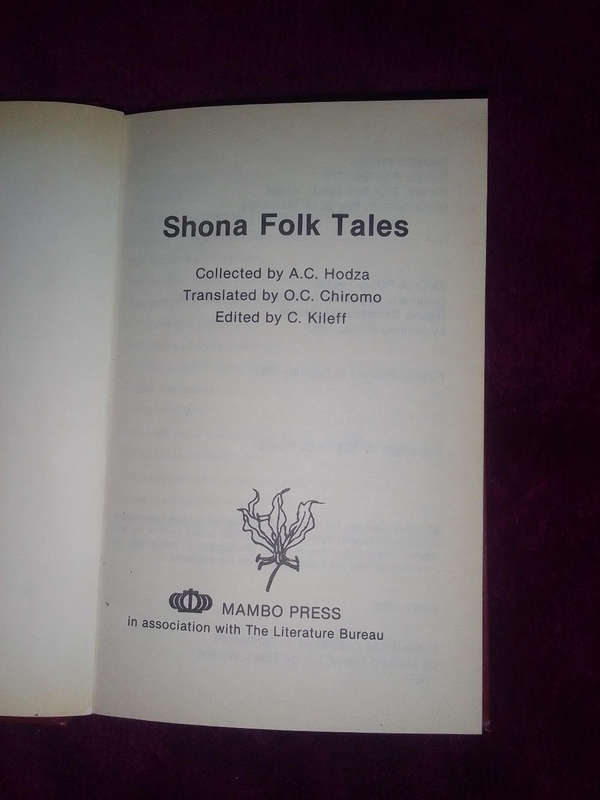
Shona folk tales
Check my rate
| Main centres: | 1-3 business days |
| Regional areas: | 3-4 business days |
| Remote areas: | 3-5 business days |

| Main centres: | 1-3 business days |
| Regional areas: | 3-4 business days |
| Remote areas: | 3-5 business days |
his paper argues that contrary to what is taught to some students in high schools, specifically those studying Advanced Level Shona, as well as those studying oral literature in colleges and universities in the country, where the folktale is a component; that the act and art of telling folktales is a dying practice is misplaced and is rather hurried. It does this through the presentation of research findings that indicate that the Shona folktale (and by extension other African ones) has not died, neither is it dying but is really thriving. What the paper observes is that the environment within which the folktale is told has changed to match the changing times that include western influence and modern Zimbabwean politics where those aspiring for high office at times resort to folktales in an effort to try to gain support or tell folktales to highlight political foibles by some leaders. The paper further asserts that the story teller (sarungano) has evolved from being an old village woman (Mbuya Muzavazi) to radio and television